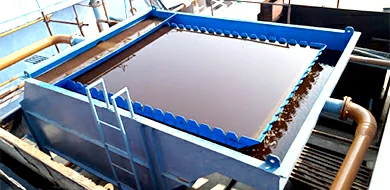
Lmaella Clarifier
Water Lanka is engineered for high flow rate sedimentation and settling of flocculated wastewater streams.
These units are pre-engineered, pre-assembled and factory tested ensuring reliable operation and minimising site installation and start-up time.
High flow rate sedimentation and settling in a Lamella Clarifier works by having a flocculated liquid/solid stream (e.g. raw waststreams. These units are pre-engineered, pre-assembled and factory tested ensuring reliable operation and
minimising site installation and start-up time.
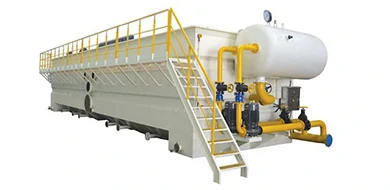
Dissolved Air Flotation (DAF) Clarifier
DAF machines are designed to remove total suspended solids (TSS), biological oxygen demand (BOD), and fat, oils and greases (FOG) from a wastewater stream. Contaminants in wastewater streams are removed introducing a dissolved air into water solution artificially injecting air under pressure into a recycle water stream of clarified effluent. This recycle stream is then combined and mixed with influent wastewater in a DAF contact chamber. solution in the form of micro bubbles that attached to the contaminants. The contaminants rise to the water surface that is removed by a surface scraper mechanism into a sludge hopper for further dewatering.
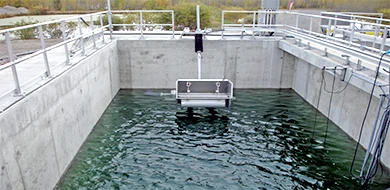
Sequencing Batch Reactors (SBR)
Sequencing Batch Reactors (SBR), also known as sequential batch reactors, are activated sludge systems applied in wastewater treatment. SBR systems are upgrades of conventional activated sludge systems that minimize footprint by integrating separate functions in a single treatment system. Standard SBR setups usually include the reactor basin, water sludge draw-off mechanism, effluent decanter, and process control system.
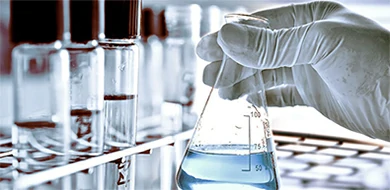
Water Treatment Chemicals
Water Lanka provides a wide range of the world's highest quality branded chemicals used for various Portable Water treatment, Wastewater treatment, Boiler water treatment, Reverse Osmosis, Water Softening, Demineralization, Ion Removal, Iron and manganese removal, Nutrient removal, Biological culture growth promotor, Odour control, Color removal, Wastewater sludge treatment purposes...
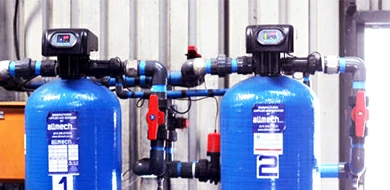
Water Demineralization Plant (DM Plant)
Water that is having the mineral ions removed called demineralized water, usually referred to as deionized water. Mineral ions like sodium, calcium, iron, and copper cations as well as anions like chloride, sulfate, and nitrate can be detected in water. Deionization is a physical procedure that creates H+ and OH- ions by replacing the mineral salts in water that are present through the use of specially designed ion exchange resins. Deionization creates high quality Water that is normally comparable to distilled Water and is rapid and scale-free because the bulk of water contaminants are dissolved salts.A DM water system works on the ion exchange, degasification, and polishing tenets to provide water that is mineral free. Demineralized water systems are extensively used in the fields of cooling, power, process, and steam.

Water Softening Plant
The Water Softening Plants are design to produce soft water to suit for various industries. soft water is of consistency quality with low residual hardness throughout the service cycle. The high qualify synthetic acid cation resin is used to exchange Sodium ion with Calcium and Magnesium ions which is forming water hardness. After reaching desired output of soft water, the resin is regenerated with (NaCI) Sodium Chloride solution. These units are easy to operate. These models are available to produce various capacities of soft water required.
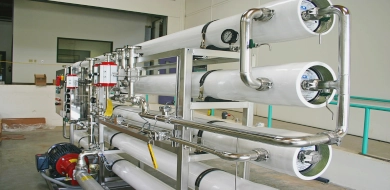
Reverse Osmosis (RO) Water Treatment
The reverse osmosis process works by utilizing high pressure pumps to elevate the osmotic pressure on the concentrated side of the RO unit and push the pure water through the membrane(s). RO is a highly effective water treatment method that needs a higher degree of pressure depending on the total amount of dissolved solids contaminants existing in the raw water. The treated water that has removed of its dissolved solids is now referred to as permeate or product water. The concentrated flow of contaminants left behind in the brine is referred to as reject flow and is be discharged.